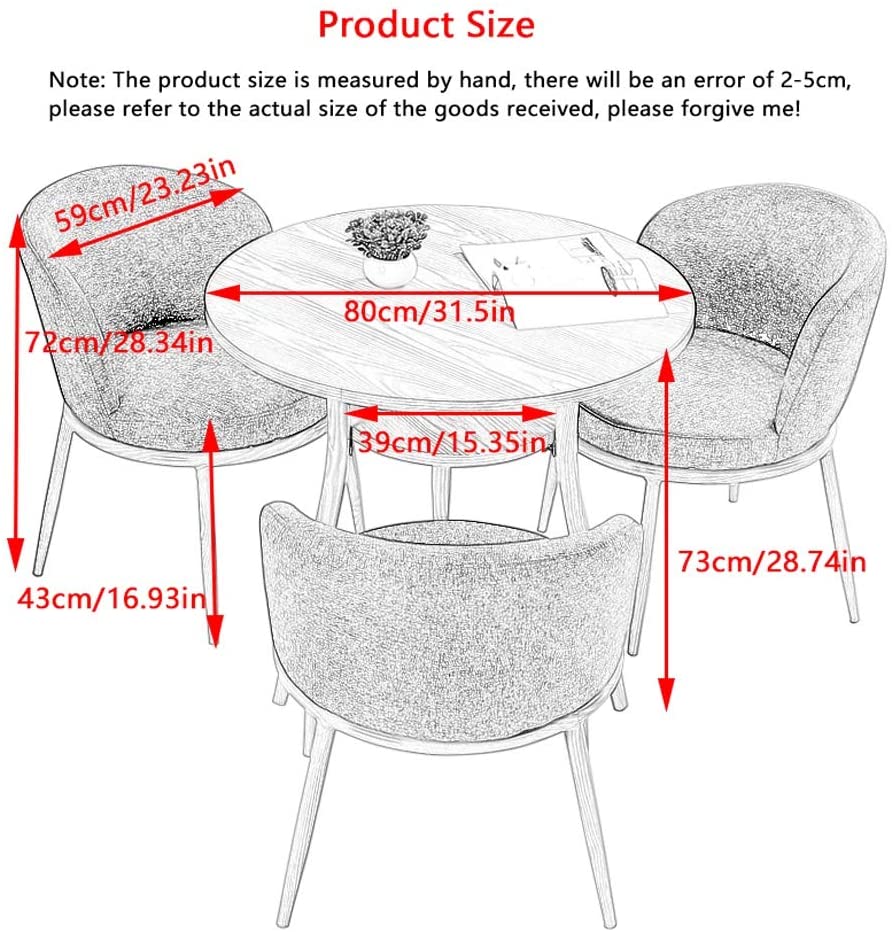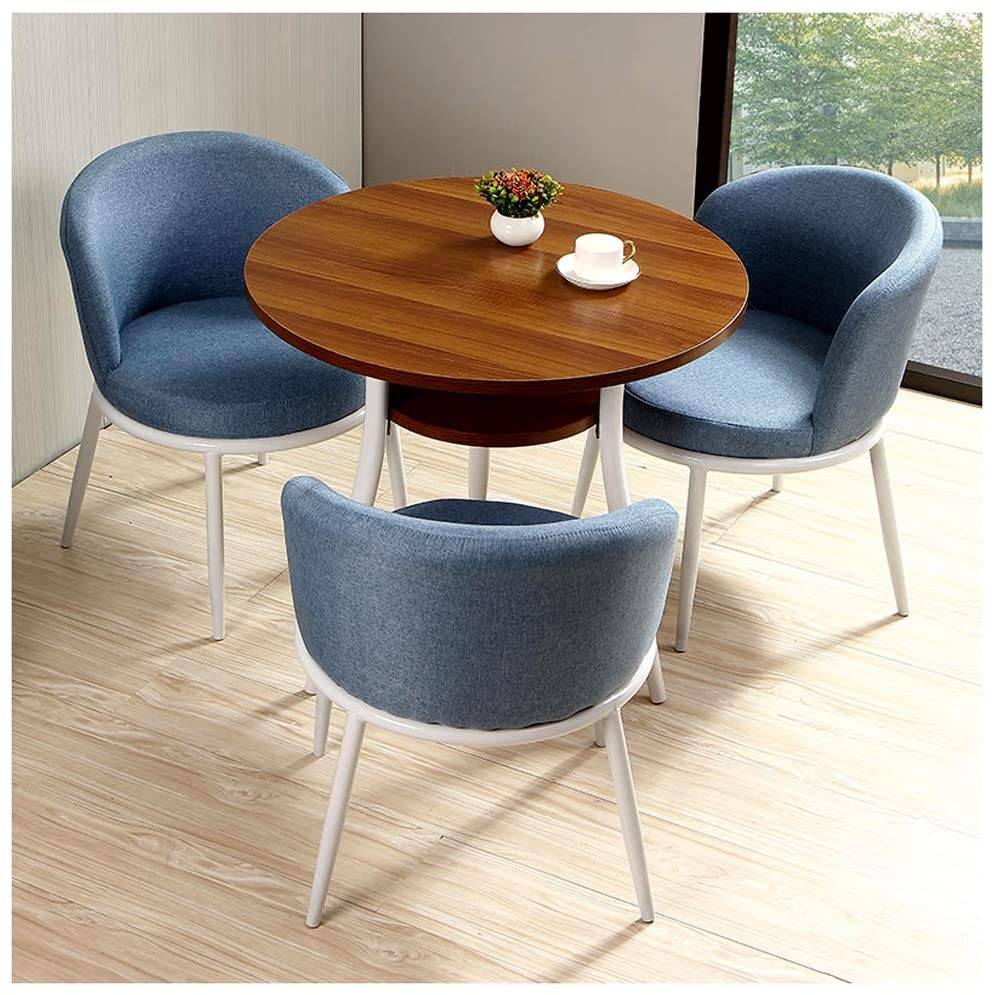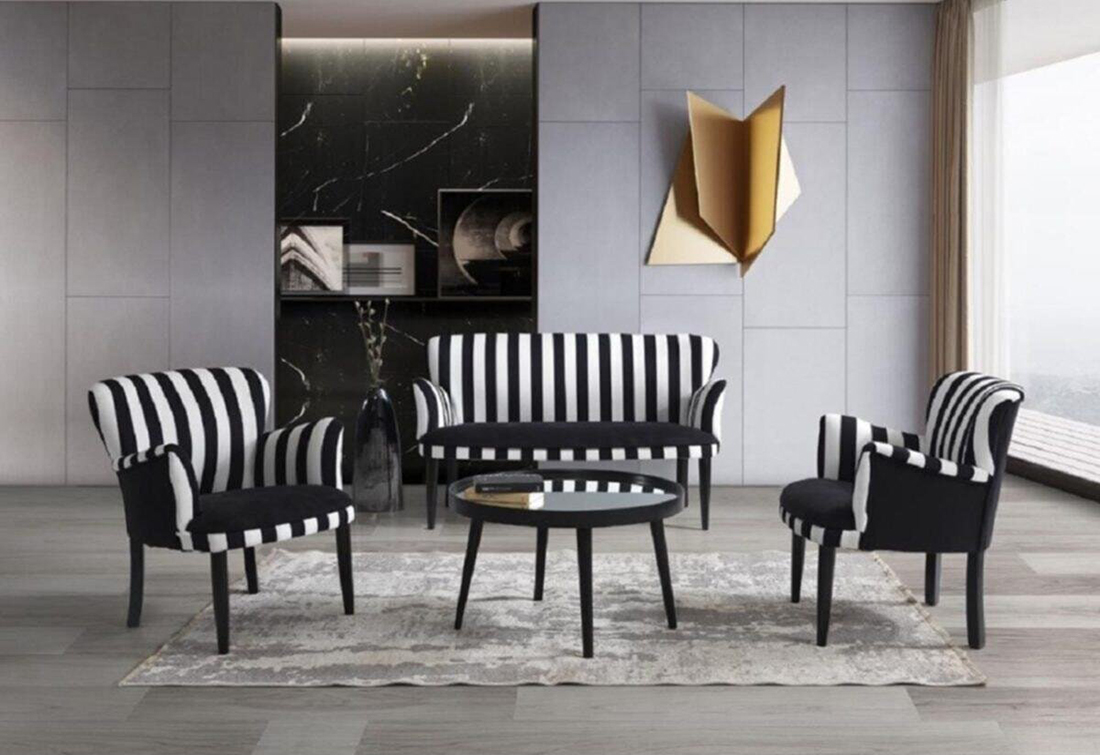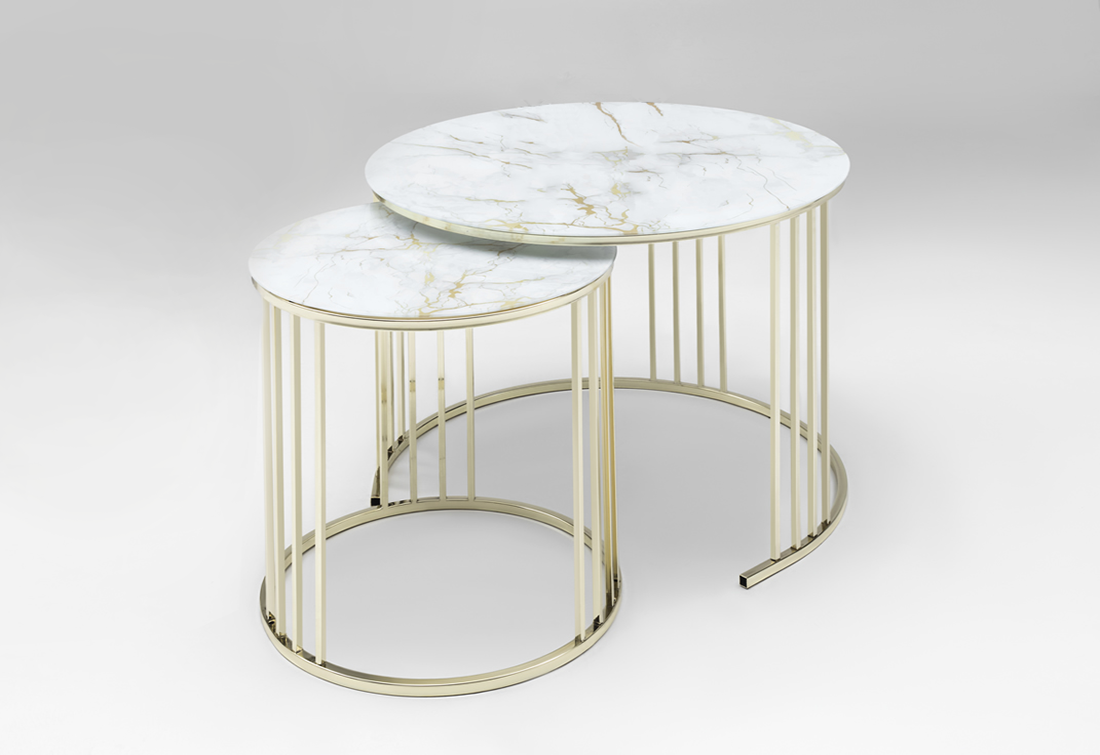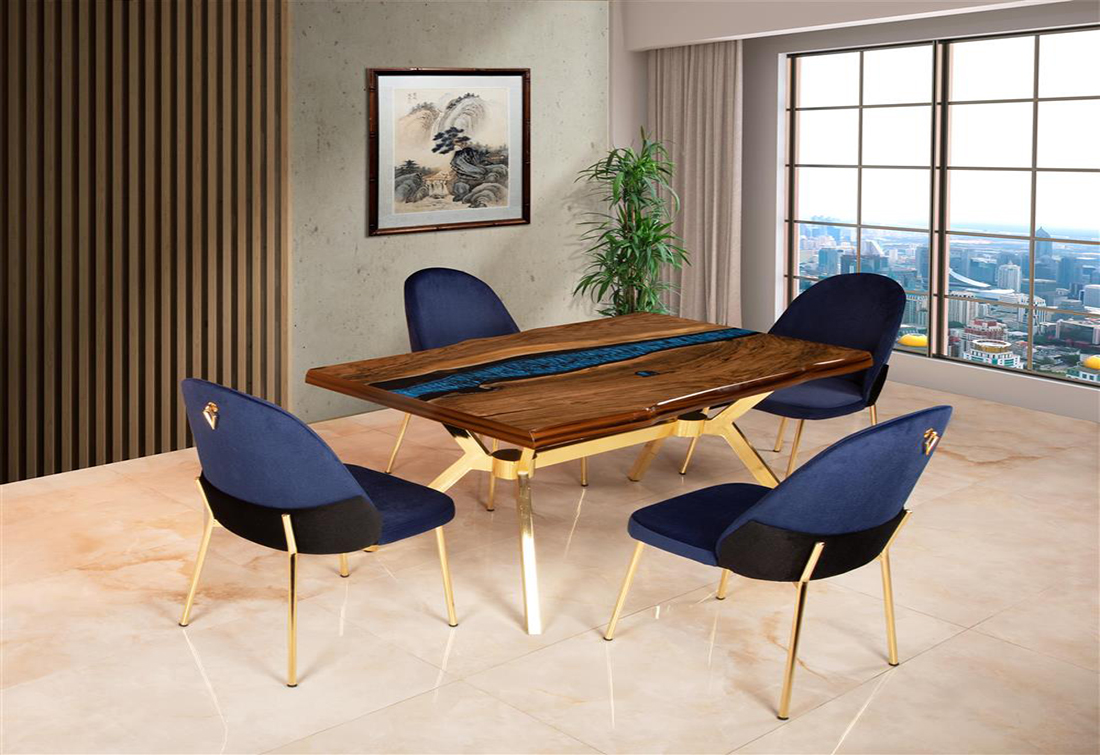Above all, the table really needs to work. From a functional point of view, ergonomic choices, material choices, structures, fitting details and finishes are paramount. But while this is a very big "but", aesthetic considerations are also very important for the table to be successful in every round. For the dining table, the design starts with the number of seats. Unless you plan to use the extension leaf, you need to decide how many people are at the table and can live with them. You may want to create a large table to handle all the contingencies, but consider how the table works on a daily basis for your immediate family. If you need flexibility, extended tables are the best option, but building blade supports requires more effort. For the workbench, height is probably the most important consideration. For example, the desk is too tall to be used as a computer desk unless it contains a keyboard tray. The end table has its own requirements, but determining the height and width is less important. Still, think about how they relate to the existing furniture in your home. Sofas and armchairs, for example, do not have standard arm heights. Regardless of the woodworking experience, the design of a particular table will benefit from taking the time to identify its exact function, carefully considering the material and structure, and following the form of aesthetic reasoning throughout the work.
